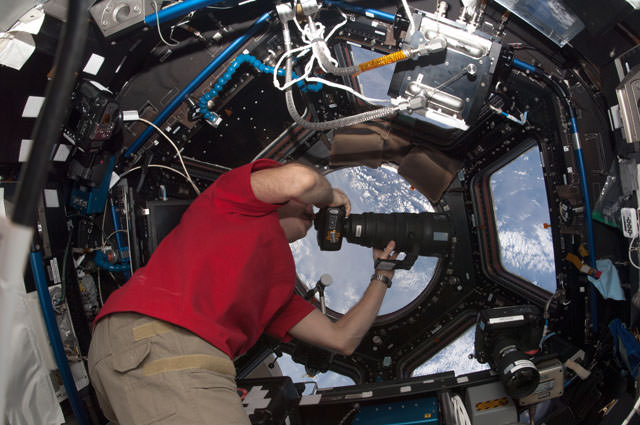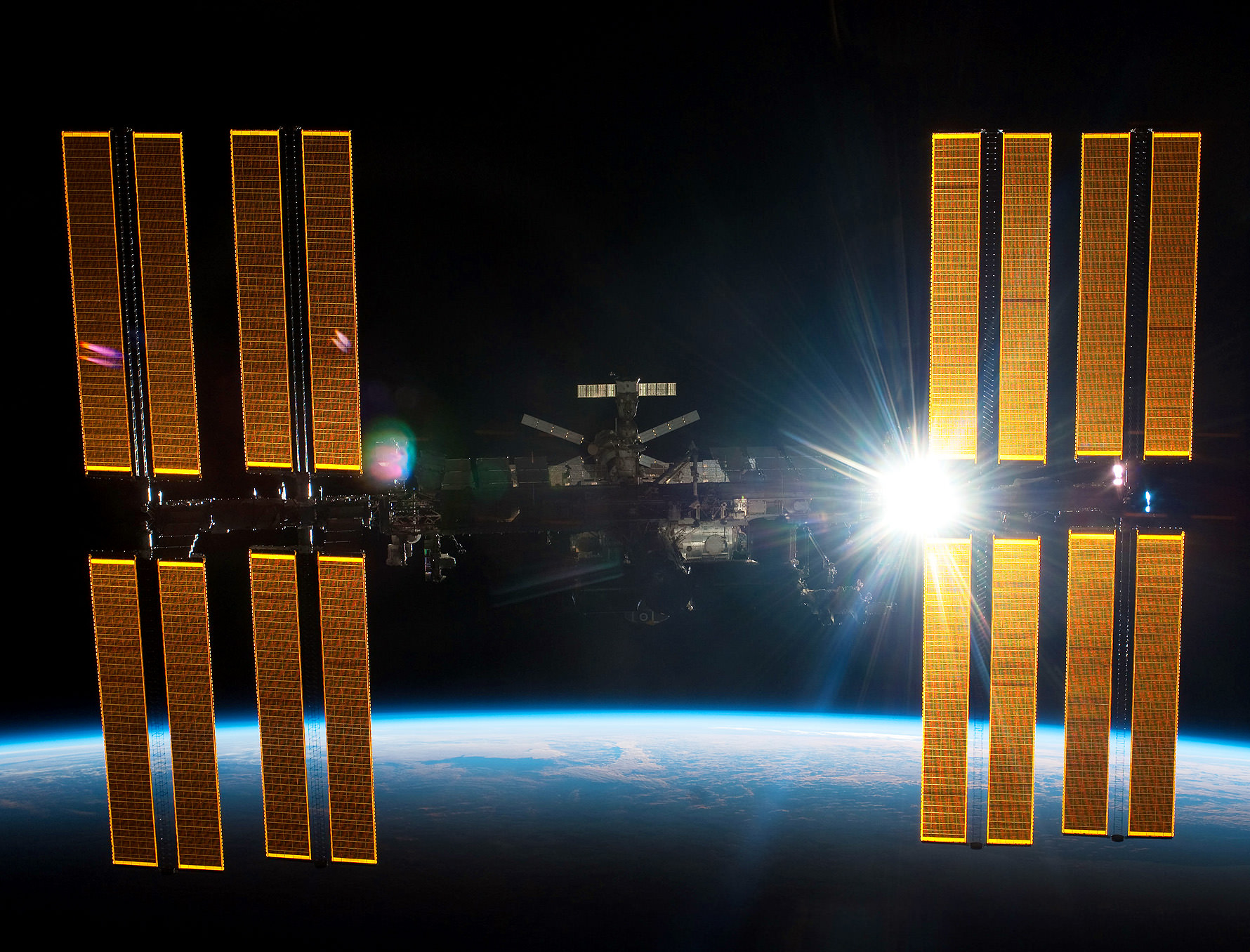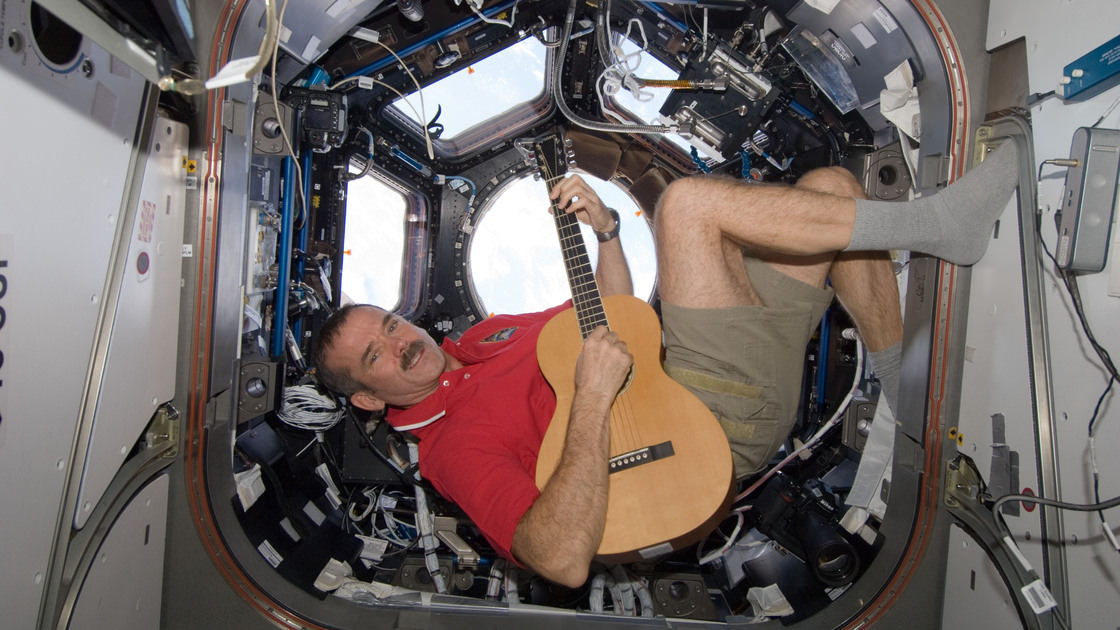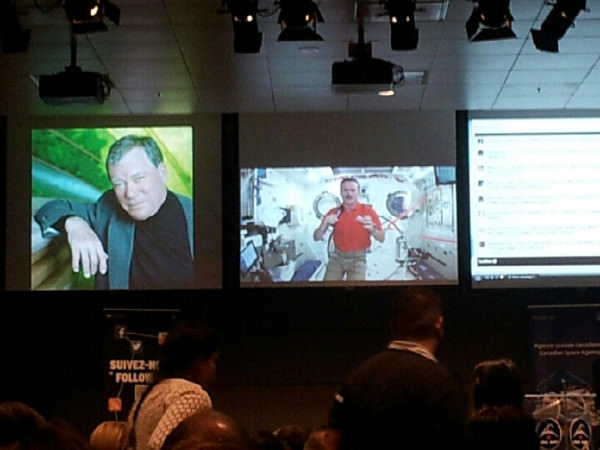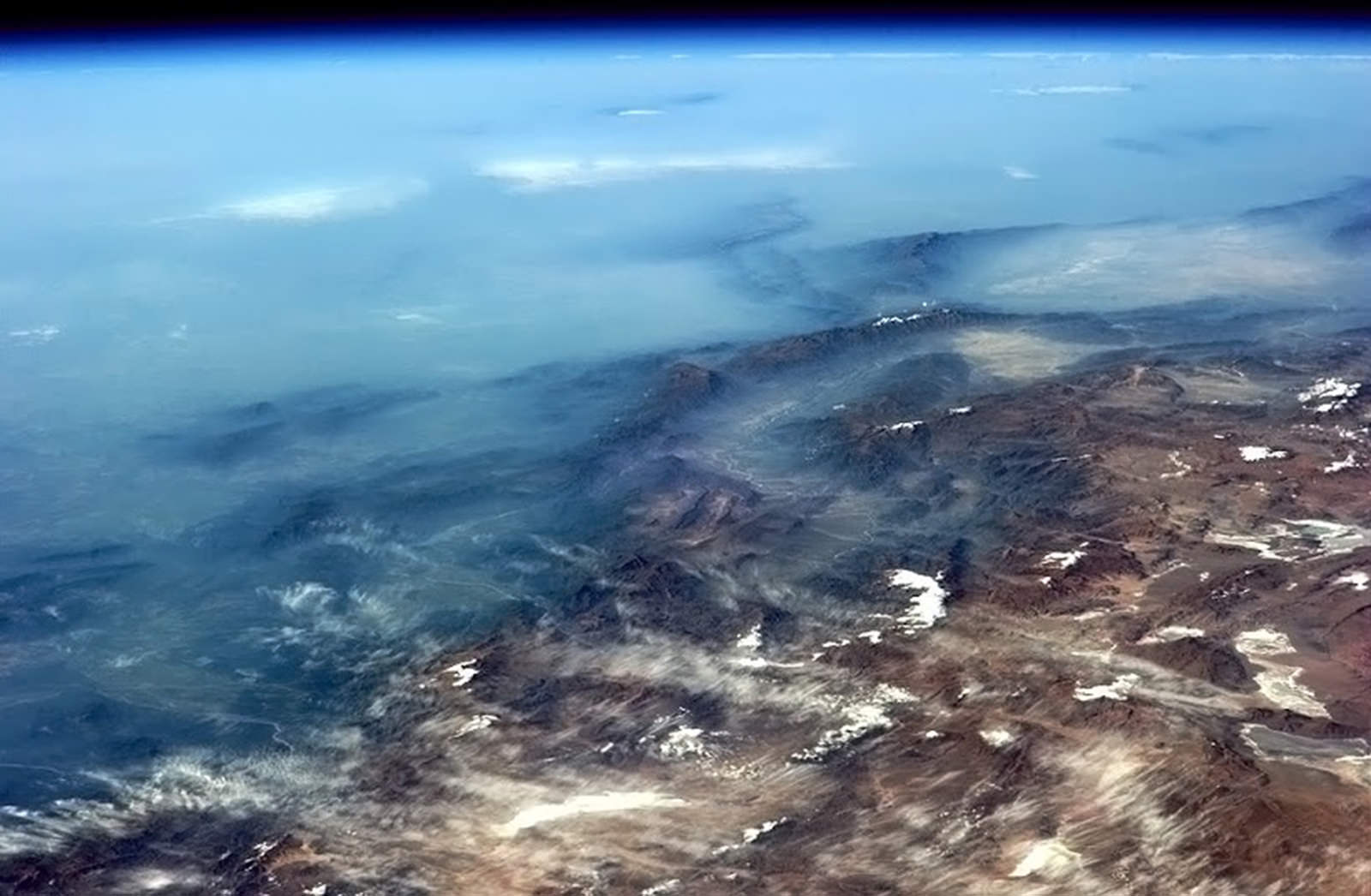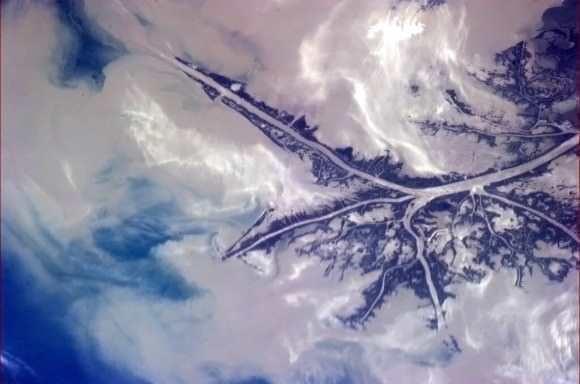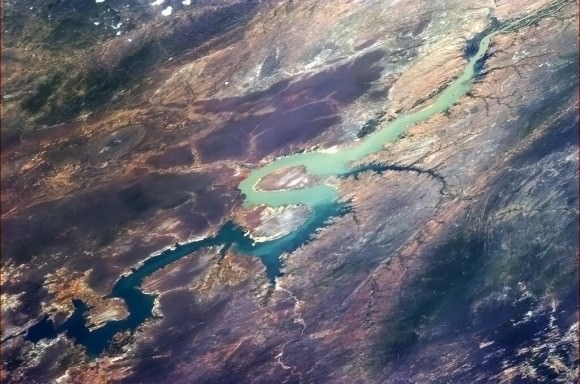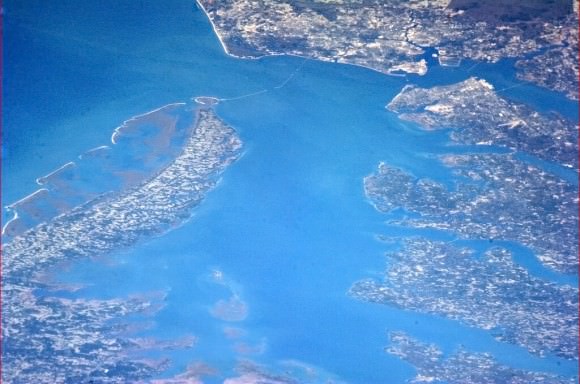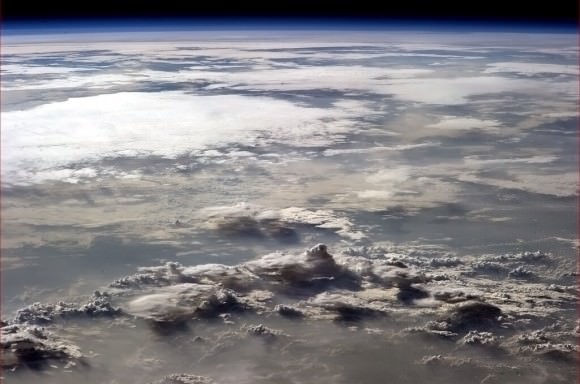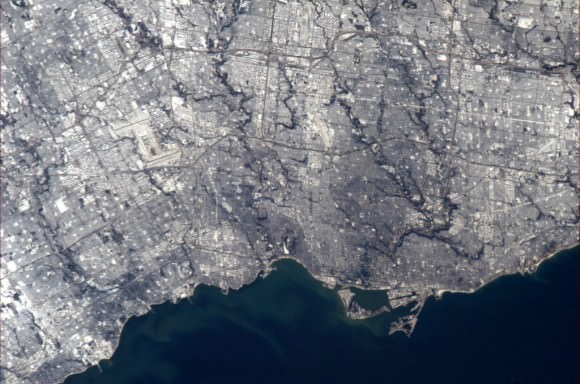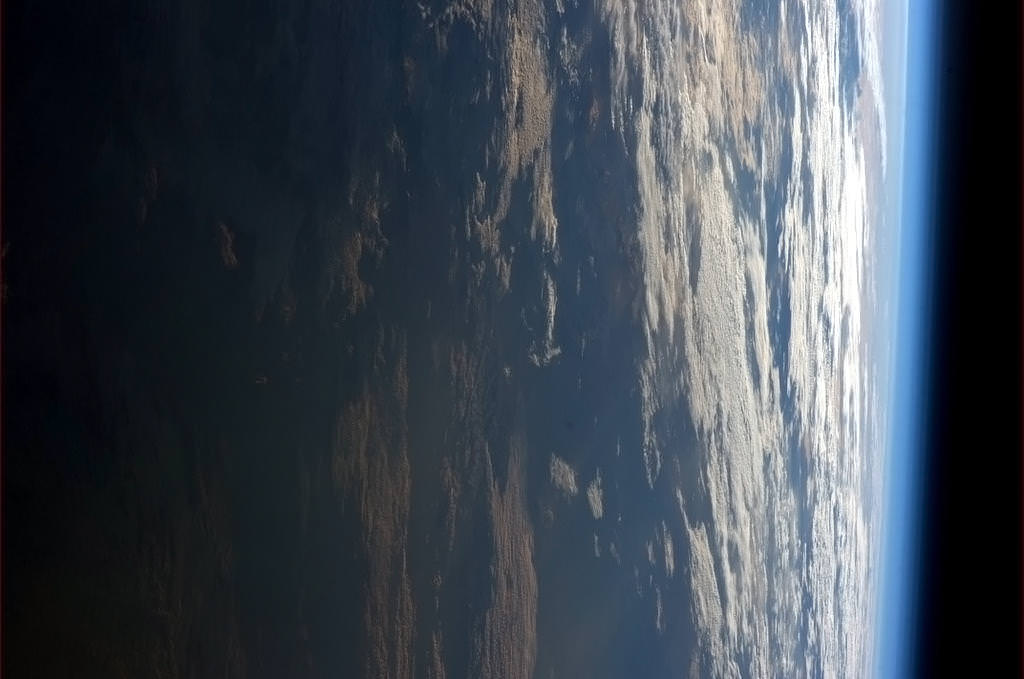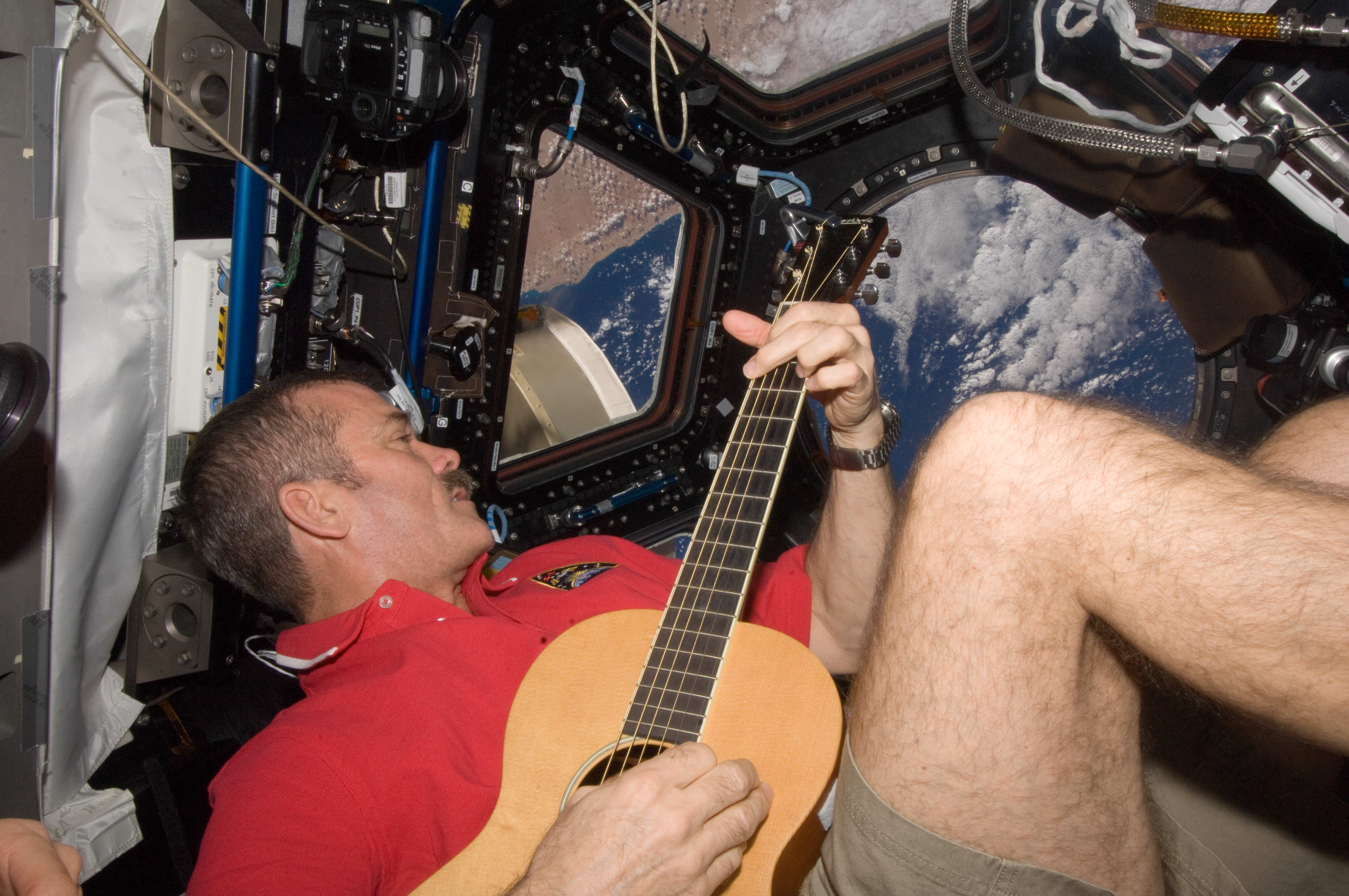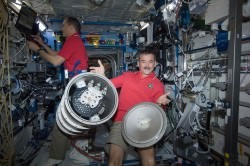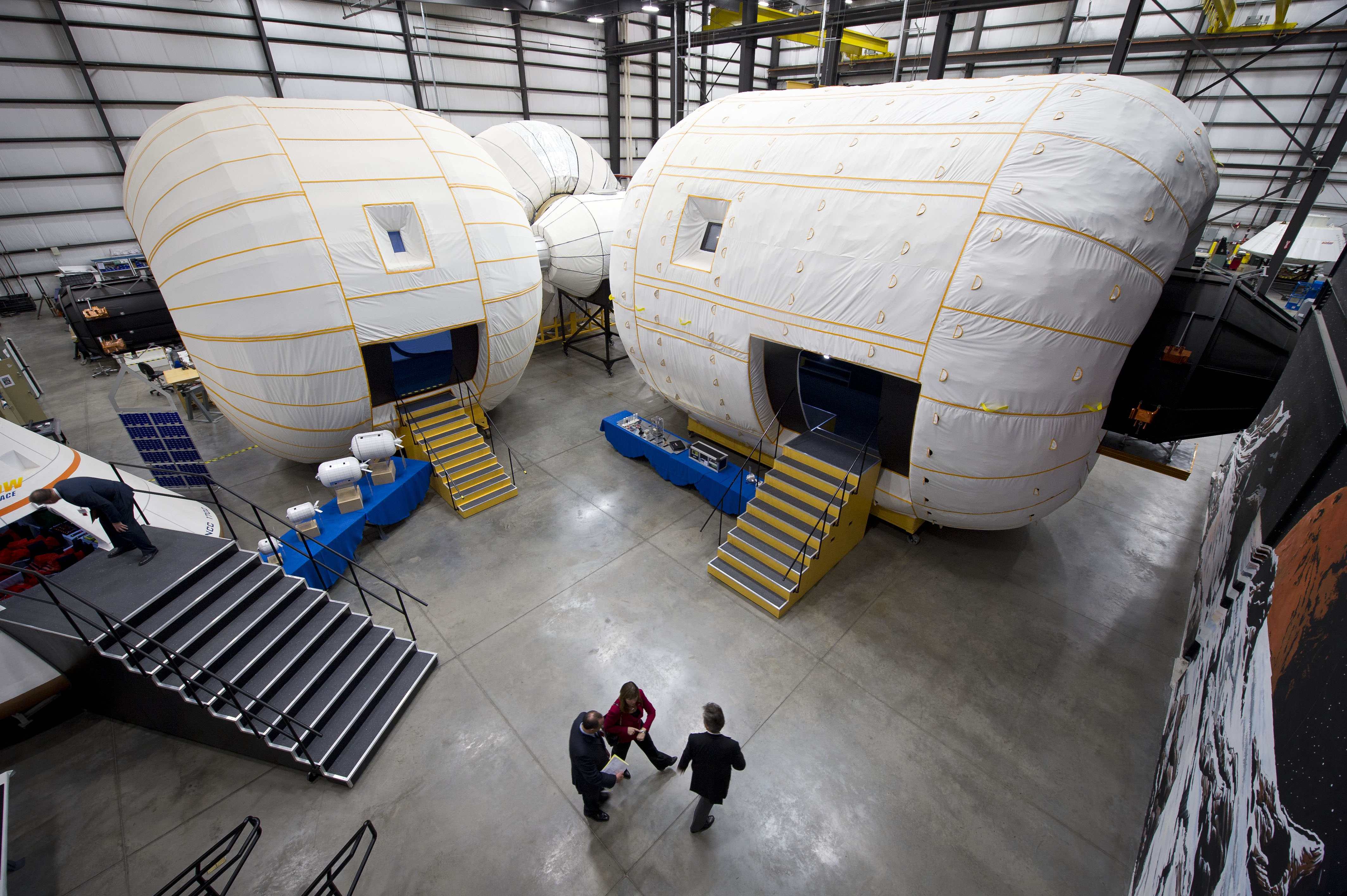It’s a wonderful thing for children to look up to their fathers, but some kids have to look a little further than others — especially when dad is in command of the International Space Station!
Around 6 p.m. EST on February 14, the ISS passed over southern New England, and for a few brief moments the Station was directly above Rhode Island, at 37 miles wide the smallest state in the US. 240 miles up and heading northeast at 17,500 mph, the ISS quickly passed out of sight for anyone watching from the ground, but it was enough time for Heidi and Anthony Ford to get a view of the place where their father Kevin Ford has been living and working since the end of October… and thanks to Brown University’s historic Ladd Observatory and astronomer Robert Horton they got to see the Station up close while talking to their dad on the phone.
“One of the things [Anthony and I] like to do is to pop outside to watch dad fly over, which you can do on occasion when the timing is just right,” Heidi said. “We were looking at the schedule to see when the flyover would be so we could go see him. I remembered that the Ladd was open to the public, so I thought I’d call over there and see if this is something we could visit the Ladd to do.”
Robert Horton, an astronomer with Brown University, was happy to meet Heidi and Anthony at the Ladd for the flyover.
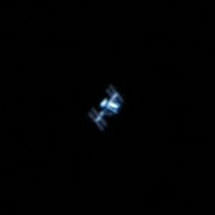
While the Ladd’s main 12″ telescope doesn’t have the ability to track fast-moving objects like the ISS, Horton had some at home that could. So he set one of them up at the observatory and prepared to track the station during its six-minute pass.
Just before the flyby, Heidi’s phone rang — it was her dad calling from the ISS.
“He told her, ‘I’m over Texas. I’ll be there in a few minutes,’” Horton said later in an interview with Brown reporters. “Sure enough the point of light appeared in the sky and we started to track it. They could look through the eyepiece and actually make out the solar panels while they were talking with him.”
The Brown University-run Ladd Observatory holds free public viewing nights every Tuesday, weather permitting. People line up inside the 122-year-old dome to peer through its recently restored 12″ refracting telescope at objects like the Moon, Jupiter, and Saturn, and local amateur astronomers set up their own ‘scopes on the observatory’s rooftop deck for additional viewing opportunities.
Heidi had told their dad that they’d be watching from Providence as he passed over, and luckily his schedule allowed him to make a phone call during that particular evening’s pass.
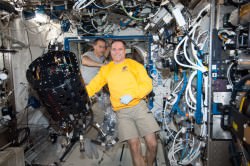
While they had both watched flyovers before, it was the first time either of them had ever seen the ISS through a telescope.
It made for a “very special Valentine’s Day,” Heidi said.
And as for Horton, who had donated the use of his telescope? He got a chance to talk with Commander Ford as well — an experience he’ll likely never forget.
“I can think of a thousand questions to ask him now that I’m not on the phone with him,” Horton said. “But, frankly, I was awestruck at the time.”
Read more on the Brown University news article by Kevin Stacey here. (Excerpts used with permission.)
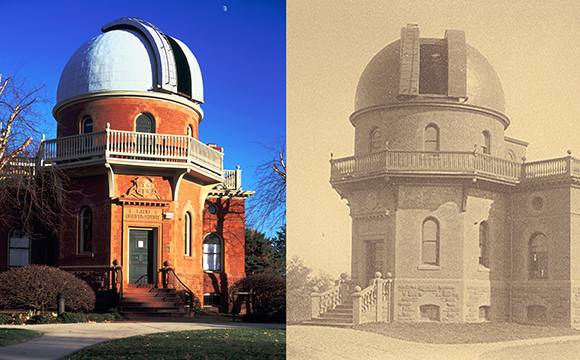
Thanks to Jim Hendrickson of Skyscrapers, Inc. for the story alert.




